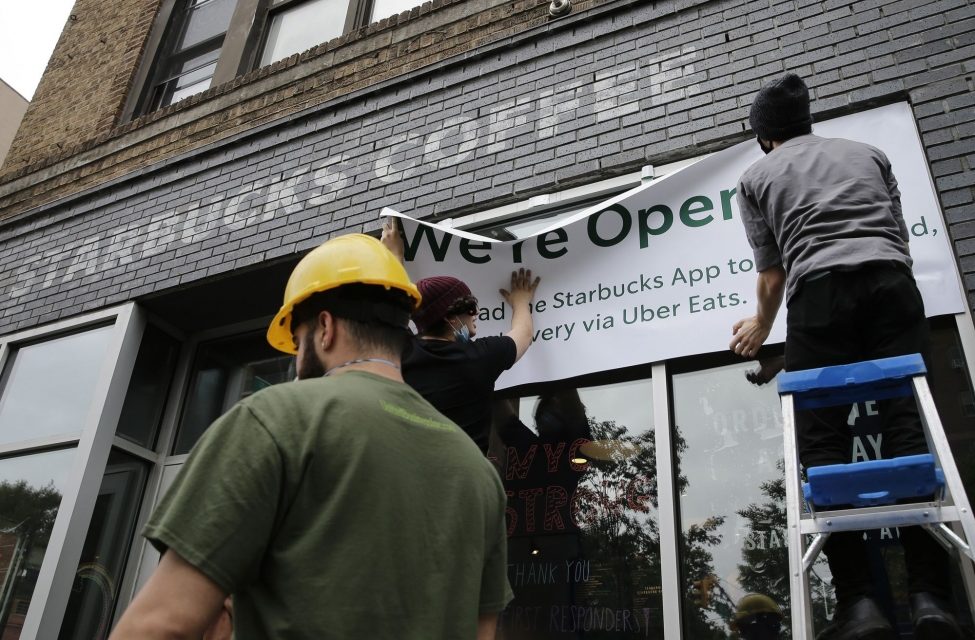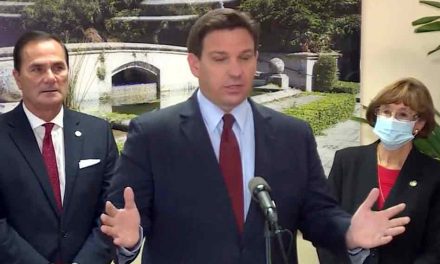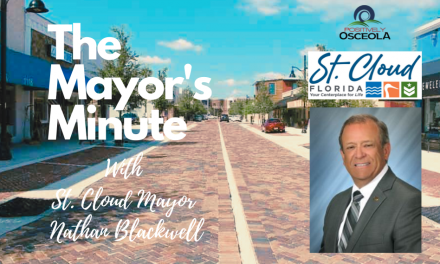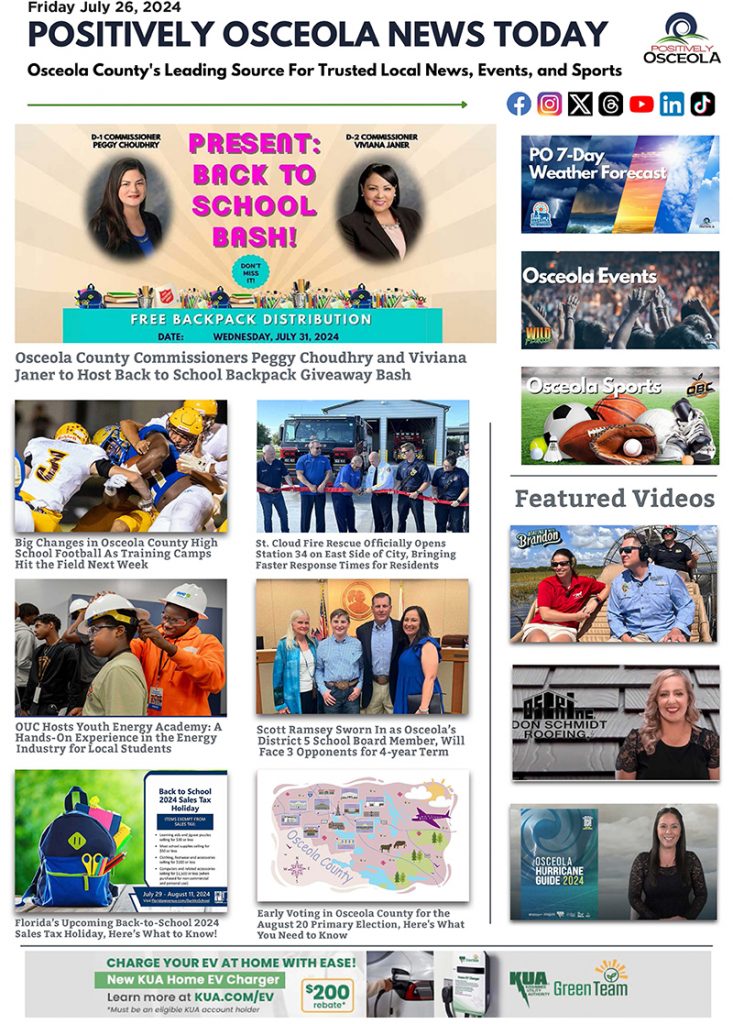In a sign that the U.S. economy may be recovering from the COVID-19 induced tailspin, the U.S. Commerce Department announced Tuesday morning that retail sales across the country increased 17.7 percent from April to May, after the record-setting month-to-month plunges of March (8.3 percent) and April (14.7).
The bounce back comes against the backdrop of an economy that may have begun what economists say — and they all have an opinion — could be a slow and prolonged recovery. In May, employers added 2.5 million jobs, an unexpected increase that suggested that the job market has bottomed out, or that furloughed workers counted as unemployed have returned to their original jobs.
“This may very well be the shortest, but still deepest, recession ever,” said Jennifer Lee, a senior economist at BMO Capital Markets. But she added that it’s “not likely that we’ll see a repeat in June as this is pent-up demand unleashed in one month.”
May’s rebound was likely aided by the $3 trillion in rescue money the federal government released to families and, to a slower and lesser extent, businesses. But retail sales would need to surge by an additional 9 percent to return to the busy level from before the pandemic.
The changes have in many cases intensified the financial strain on traditional stores and, with many parts of the country stuck indoors on stay-at-home orders, boosted online purchases. Sales at non-store retailers, which include internet sites like Amazon and eBay, rose 9 percent in May after posting growth of 9.5 percent in April. Brick-and-mortal retailers, like clothiers, saw great gains in April, but not enough of them to dig out of 12 months of declines.
Retail sales account for roughly half of all consumer spending, which fuels about 70 percent of total economic activity. The rest of consumer spending includes services, from cellphone and internet contracts to gym memberships and child care.
Nearly 80 percent of small retailers and restaurants tracked by the scheduling tool Homebase that were closed in mid-April have since reopened. Yet these smaller businesses remain under pressure, as consumers slowly get the confidence to shop and eat indoors during the pandemic, as social distancing has become essential and “new normal” shopping habits evolve.




















